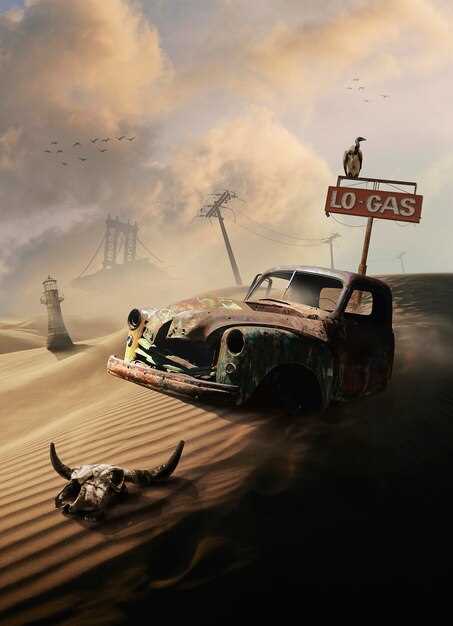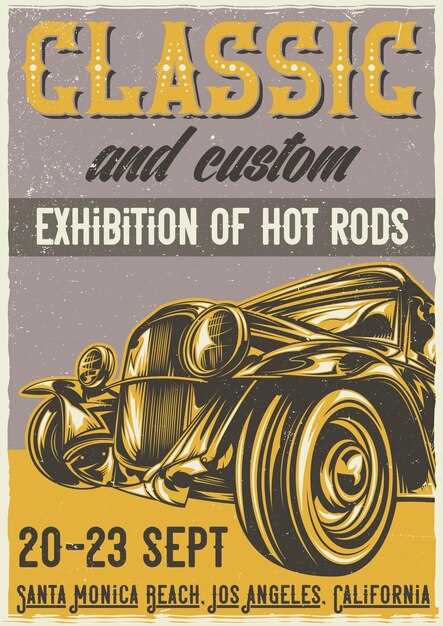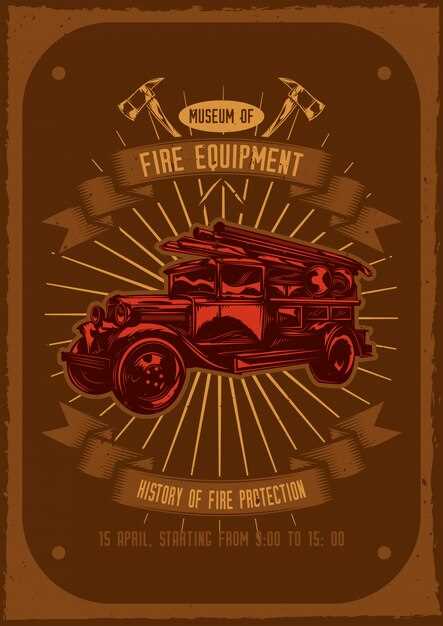
The legacy of World War II transcends the battlefields, influencing various facets of modern life, including automotive design. The wartime era catalyzed significant transformations in manufacturing processes, materials, and design philosophies that would shape the classic cars of the post-war period. As nations shifted their focus from war production to consumer goods, car manufacturers faced the challenge of meeting a growing demand for vehicles that embodied both performance and style.
During the war, automotive engineers and designers were compelled to innovate rapidly, developing technologies that would later be incorporated into civilian vehicles. The introduction of lightweight materials and streamlined designs, initially intended for military applications, became key characteristics of post-war classics. The experience gained from wartime production also led to enhanced engineering techniques, resulting in cars that were not only more reliable but also more powerful.
Furthermore, the social and economic changes brought about by the war significantly impacted consumer preferences. As soldiers returned home and economies began to recover, the public sought vehicles that represented freedom and adventure. This sentiment influenced the aesthetics of car design, leading to bold lines and distinct features that defined the classic cars of the 1950s and 1960s. Overall, the impact of WWII on classic car design is a testament to how adversity can stimulate creativity and innovation, ultimately reshaping an industry.
How Military Innovations Influenced Post-War Automotive Engineering

The conclusion of World War II marked a significant shift in automotive engineering, heavily influenced by military innovations. During the war, advancements in technology and materials were accelerated as nations aimed to enhance their defensive capabilities. Many of these developments transitioned seamlessly into the civilian automotive sector, reshaping car design and production.
One of the most notable innovations came in the realm of materials. The use of lightweight alloys, such as aluminum and magnesium, which were initially developed for aviation and military vehicles, began to feature prominently in passenger cars. This shift allowed manufacturers to create vehicles that were not only lighter and more fuel-efficient but also more agile and faster than their pre-war counterparts.
Suspension systems also benefited from military innovations. The need for improved ride quality and handling in rough terrains led to advancements in independent suspension systems. Post-war automotive engineers adopted these technologies, enabling vehicles to handle better on both urban roads and off-road conditions, thus appealing to a broader range of consumers.
Furthermore, advancements in manufacturing processes such as mass production techniques used during wartime significantly influenced automotive assembly lines. The introduction of conveyor belt systems and efficient production methods resulted in increased output and reduced costs. This allowed automakers to offer vehicles at competitive prices while maintaining high quality, which was vital to meet the burgeoning post-war demand.
Another key area of influence was engine technology. Military requirements for high-performance engines that could withstand harsh conditions and provide reliability translated into advancements in civilian automotive engineering. Innovations, such as the development of high-compression engines and fuel injection systems, improved power delivery and efficiency in post-war cars.
Finally, safety features saw significant enhancements as well. The war prompted attention to vehicle safety, leading to the introduction of features like crumple zones and improved braking systems. These advancements were driven by the desire to protect soldiers and were later adapted to enhance driver and passenger safety in civilian vehicles.
In summary, the military innovations developed during World War II played a crucial role in shaping the evolution of automotive engineering in the post-war era. By leveraging advanced materials, improved manufacturing techniques, refined engine performance, and enhanced safety features, the automotive industry was able to produce a new generation of vehicles that met the emerging needs of consumers and set new standards for design and functionality.
The Shift in Aesthetic Preferences: From Functional to Stylish Designs
World War II significantly altered the landscape of automotive design, leading to a notable shift in aesthetic preferences. During the war, the focus was primarily on functionality, durability, and practicality. Vehicles were designed to serve military purposes, emphasizing performance over appearance. This utilitarian approach prioritized ruggedness and efficiency, often at the expense of beauty and style.
As the war concluded, the automotive industry faced a new reality marked by a booming economy and increased consumer demand. The return of peace shifted the focus from utility to individuality, as manufacturers recognized the importance of style in attracting buyers. Car design began to incorporate more visually appealing elements, emphasizing sleek lines, vibrant colors, and innovative forms that signified modernity and luxury.
The introduction of chrome accents, rounded body shapes, and bold grilles characterized the post-war era, distancing vehicles from their wartime predecessors. Automakers sought inspiration from various sources, including art, architecture, and cultural trends, to create cars that were not only functional but also aesthetically pleasing. Tailfins, for instance, became a hallmark of 1950s American car design, symbolizing speed and excitement.
This era marked the emergence of the “car as a fashion statement.” Buyers began to view their vehicles as extensions of their personality and social status. Consequently, designs became more luxurious and elaborate, with an emphasis on comfort and style. The shift toward stylish designs also encouraged manufacturers to engage in fierce competition, leading to innovations and unique features aimed at captivating consumers.
Ultimately, the transition from functional to stylish designs reflects broader cultural changes in society. The desire for beauty, individuality, and status permeated various aspects of life, and automobiles became a canvas for artistic expression, forever altering the trajectory of car design in the years that followed.
Economic Factors: How the War Reshaped Production and Consumer Demand

The economic landscape during and after World War II significantly altered the trajectory of automotive production and consumer preferences. During the war, economies were redirected towards military production, leading to a scarcity of raw materials and resources necessary for civilian automobile manufacturing. This shift forced manufacturers to halt or drastically reduce production of passenger vehicles, focusing instead on military-grade machinery and vehicles such as trucks and jeeps.
As hostilities ceased in 1945, the automotive industry found itself facing a dual challenge: catching up on a backlog of consumer demand and adapting to a changed economic reality. Post-war prosperity fueled consumer spending, and there was an immediate pent-up demand for personal vehicles, leading to a renewed interest in automotive design and production.
The introduction of new materials, like plastics and lightweight metals, became crucial in this era, as manufacturers sought to innovate while managing costs. Automakers also faced the necessity to appeal to an evolving consumer base that now prioritized efficiency, affordability, and modern aesthetics. This resulted in the rise of compact cars that, particularly in the United States and Europe, emphasized fuel efficiency and practicality over the pre-war ideals of size and luxury.
Additionally, the influence of government regulations aimed at managing production capacities and fuel resources began to set standards for manufacturing processes. The Ford Motor Company and General Motors, perennial leaders in the market, adapted their strategies to include not only traditional consumer vehicles but also more economical options to fit into the newly emerging middle class’s budget.
This transition marked a shift in consumer preferences towards vehicles that combined functionality with style. The rise of advertising and marketing during this period also contributed, as automobile manufacturers sought to brand and differentiate their products in a crowded marketplace, highlighting both advanced engineering and contemporary designs.
In summary, the economic consequences of WWII fundamentally transformed production methodologies and consumer expectations in the automotive industry. Automakers were compelled to innovate under constrained resources, leading to a long-lasting impact on vehicle design that prioritized efficiency and consumer appeal in the post-war era.
